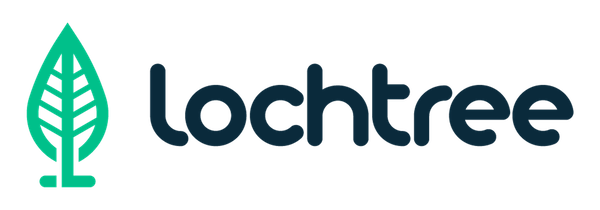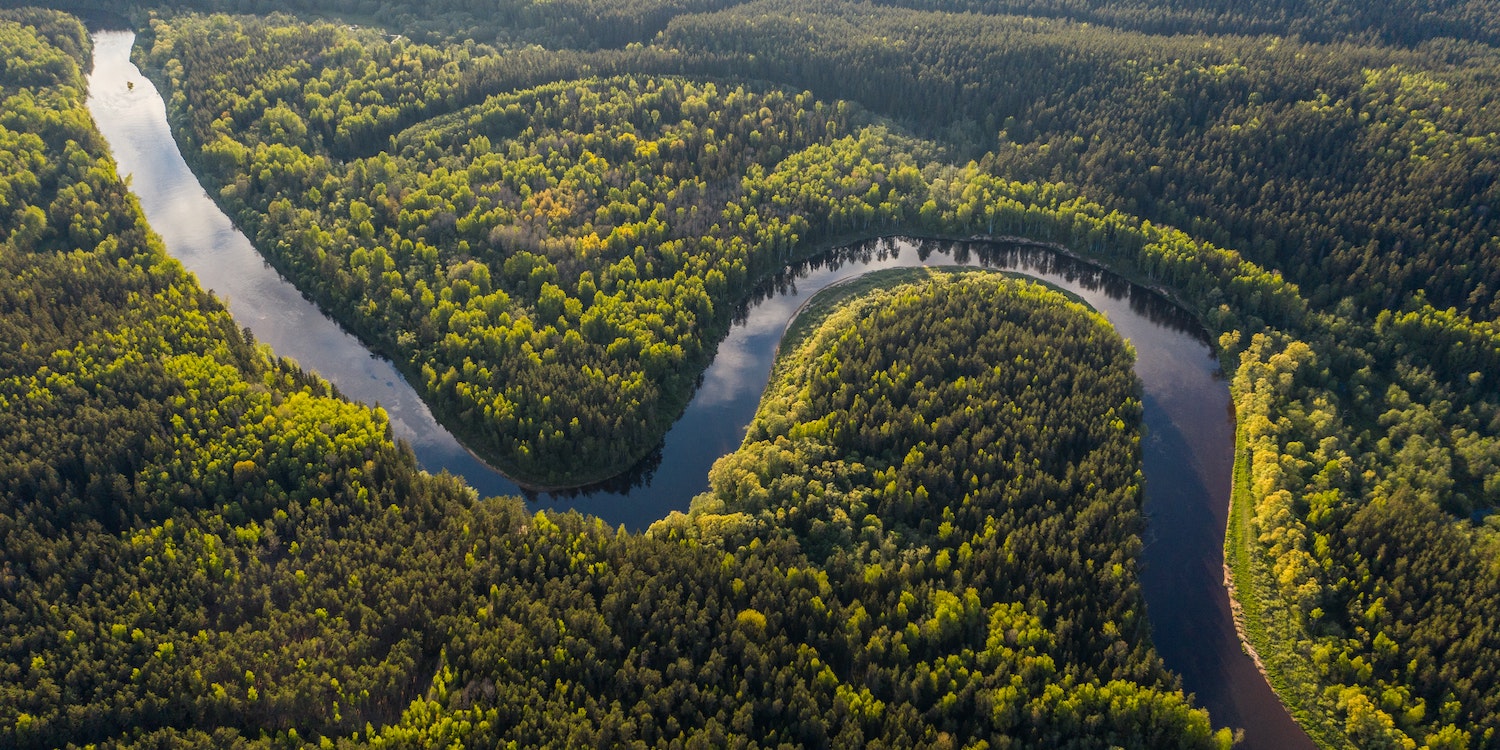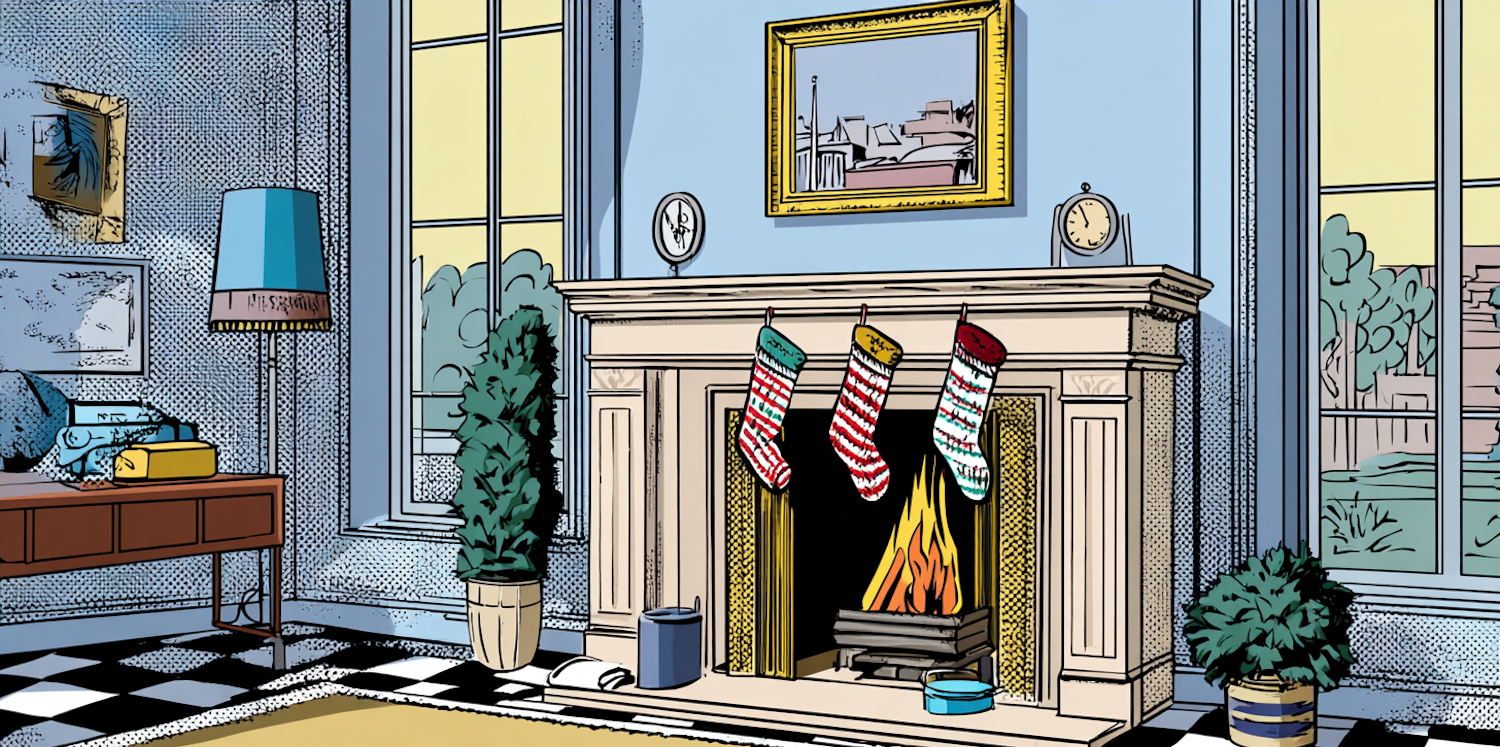Take a second to grab your reusable water bottle and take a drink. Why? Chances are, the water you’re sipping has passed through the Amazon rainforest before it reached you — probably more than once. (Who knew your water was so well-traveled!)
Fresh water is just one of the ways the Amazon rainforest contributes to a thriving planet. This beautiful forest covers an area larger than the contiguous United States. And it’s home to countless species of plants, animals, and insects.
But despite its impressive size, the rainforest is in danger. Deforestation in the Amazon is on the rise, threatening to tip the forest’s ecosystem past the point of no return. Most likely, this isn’t news to you. However, there’s more to this issue than meets the eye.
In this post, we’re addressing three central questions:
- What’s causing deforestation in the Amazon?
- Why does it matter?
- How can you help?
A Nutshell History of Amazon Deforestation
The history of deforestation in the Amazon is complex. Nine countries share part of the forest, with over 60% of the Amazon within the borders of Brazil. And over the past few decades, we’ve witnessed how much influence the Brazilian government has on the fate of the rainforest.
Here are some of the key events in the history of deforestation in the Amazon:
- 1964: A military dictatorship takes power in Brazil. Leaders call the unmonitored rainforest a security threat and begin clearing land.
- 1971: The government incentivizes colonization in the Amazon with the slogan “land without men for men without land.”
- 1970s to 1980s: Deforestation rates increase as more people migrate to the Amazon. Farmers, miners, and loggers clear land for use.
- 1988: Satellite images show over 10% of original tree cover is gone.
- 1990s: National and international activists protest the damage to the rainforest. The government creates policies for change, but with little enforcement.
- 1995: The rainforest suffers peak deforestation. Over 11,000 acres of land are cleared in just one year.
- 2000s: The Brazilian government cracks down on deforestation. New codes and a new agency are created. Deforestation levels begin to fall.
- 2010s: More lands are placed under protection and the forest code is strengthened. Remaining forest land is still threatened, but the situation begins to stabilize.
- 2019: Jair Bolsonaro becomes president of Brazil. He removes restrictions on land use in the Amazon and pushes agribusiness and industry.
- 2021: Deforestation in the Amazon increases by 22%, reaching the highest levels since 2006.
What Are the Current Causes of Deforestation in the Amazon?
Under present regulations, almost half of the Amazon Rainforest is considered protected. This includes nature reserves, Indigenous lands, and sustainable use reserves.
Unfortunately, even these protected areas are still under threat. Unprotected areas face even more danger — especially with new rollbacks on forest codes.
Seven of the biggest factors in deforestation today include:
- Livestock. Over 60% of cleared lands are used as cattle ranches — with beef often sold to overseas buyers in Asia or Africa.
- Farming. Soy, coffee, and palm oil are several crops raised in the Amazon. Both small- and large-scale farmers clear land for agriculture.
- Logging. Logging operations often skirt the law and clear trees in protected areas. They then sell this lumber through middlemen to avoid regulations.
- Fires. Setting fires is a common way to clear new land. These fires then spread, causing more damage throughout the forest.
- Mining. Illegal gold mining is becoming more common, especially in less-regulated areas of the forest. This process destroys the land and releases toxic elements like mercury.
- Changing climate. Hotter, dryer weather within the forest makes it more vulnerable.
- Infrastructure. New roads open up untouched areas, causing deforestation to increase. Projects like dams also threaten the health of the remaining forest lands.
With threats from so many sides, it’s clear that the Amazon isn’t safe. But why does it matter? The truth is that the fate of the Amazon is, in many ways, the fate of the world. The impact of the Amazon’s wellbeing goes far beyond the borders of South America.
5 Critical Areas Impacted by Deforestation in the Amazon

1. Biodiversity
The Amazon rainforest is one of the most biodiverse areas on the planet. It’s home to over three million species of animals, plants, and insects. It has more mammal species than all of North America — and contains over 10% of the world’s plant varieties. In the past four years alone, scientists have found over 600 new species in the Amazon.
Biodiversity is one of the keys to a thriving environment. Many species work together to create a strong, thriving ecosystem. When one species suffers, they all do.
Sadly, deforestation is decimating these unique ecosystems. Habitat loss, poaching, pollution, and climate change are wreaking havoc. Thousands of native species have already gone extinct. Countless others, like orangutans and jaguars, are now endangered.
2. Carbon Emissions
The Amazon rainforest holds around 20% of the world’s carbon. And in one year, its trees process almost 18 billion tons of carbon emissions. The Amazon is one of the world’s largest carbon sinks and plays a crucial role in the world’s climate health.
The Amazon rainforest holds around 20% of the world’s carbon. And in one year, its trees process almost 18 billion tons of carbon emissions.
When more areas are cleared, there are fewer trees to store and process carbon. But that isn’t all. When people burn forests to clear land, the trees release the carbon they’ve stored. As deforestation continues, the Amazon is beginning to emit carbon dioxide faster than it can cycle it.
3. Indigenous Peoples
Over one million Indigenous people call the Amazon rainforest their home. This includes over 300 tribes, 80 of which are some of the world’s remaining uncontacted peoples.
The Amazon’s Indigenous peoples have deep cultural and emotional ties to the forest. Many of them have lived there for thousands of years, creating a lifestyle in harmony with nature. Research shows that lands under Indigenous care are frequently healthier and more biodiverse than nature reserves or government-managed lands.
But deforestation is disrupting the Amazonian peoples’ way of life. Land-clearing cuts into their territory and depletes their sources of food and water. It also brings tension to their daily lives as they see illegal activity edge closer to their homes.
4. Fresh Water
Remember the glass of water we mentioned? Clean, fresh water is one of the world’s most precious resources. And currently, around 20% of the world’s fresh water comes from the Amazon river. But activities like mining and construction threaten the Amazon and its tributaries.
The Amazon also creates patterns that influence global weather. For example, some scientists predict that less rain in the Amazon could create drought in other areas like the “breadbasket” of the Midwestern United States.
5. Climate Change
Deforested areas in the Amazon suffer from localized climate change. What was once a lush, green valley becomes a brown savannah or parched scrubland. The animals that lived there are forced to flee and the plant species can no longer survive. These exposed areas become hotter and dryer.
Over time, this even harms the people who cleared the land in the first place. In 2019, a study found that 28% of farmland had moved out of optimal conditions. And that number continues to rise as more trees fall.
But climate change in the Amazon doesn’t happen in a vacuum. As the problem worsens, its impact spreads across the globe. And a suffering Amazon could mean a hotter, dryer future for the rest of us too.
What Is the “Tipping Point” for the Amazon?
Recently, many scientists have worked to learn more about the rainforest crisis. Most experts agree that if 20 to 25% of the forest is lost, the Amazon may never recover.
This “tipping point” happens because the ecosystem begins to collapse. If too much of the forest is cleared, it will no longer be able to sustain itself. Once this happens, the damage becomes exponential.
Right now, the total forest loss is around 17%. So we’re at a vital moment in history — one that can make or break the future of the Amazon rainforest.

How You Can Help Fight Deforestation in the Amazon Rainforest
When facing such a big challenge, no one person or organization can fix the problem alone. But that doesn’t mean your efforts are wasted. Many individuals have made a meaningful difference in the fight for the Amazon rainforest. And you can have an impact, too!
Learn More
One of the most important ways you can help is by educating yourself on current issues. So arm yourself with knowledge by using the abundance of resources out there. You can start with reputable organizations like Greenpeace, Amazon Aid, or Amazon Conservation.
Support Conservation Efforts
Conscious citizens around the world are working to protect the Amazon rainforest. You can join the effort by:
- Raising awareness in your school, workplace, or community.
- Talking with family and friends about what you’ve learned.
- Hosting a fundraiser for rainforest conservation.
- Donating to a responsible conservation organization.
- Sharing facts, your thoughts, and your experiences on social media.
Shop Responsibly
In a global economy, the products you consume may have a complicated past. You help combat deforestation by being thoughtful about what you buy.
For example, you may decide to:
-
Reduce beef & dairy consumption. If you do eat beef and dairy products, look for local sources with clear supply chains.
-
Avoid palm oil. This oil threatens native species like orangutans and is notorious for unethical production.
-
Choose recycled gold. Tracing gold back to its source is a challenge, which makes avoiding illegally-mined gold difficult. Instead, reduce your footprint by choosing recycled gold.
- Look for certifications. Labels like “Fair-Trade” or “Rainforest Alliance Certified” indicate responsible sourcing for products like coffee, wood, or chocolate.
At Lochtree, we’re committed to helping you find products you can feel great about. That’s why we do the work to find brands that are ethical, sustainable, and help care for the planet.
A Healthier Amazon Fosters a Healthier World
The Amazon rainforest is unique and irreplaceable — a place like no other. And from macaws to marmosets to medicinal plants, the Amazon enriches the world in countless ways.
We thank you for taking the time to learn more about deforestation in the Amazon. Awareness is an important first step. And together, we can continue to take steps to preserve the natural beauty of our planet.
Let’s keep the conversation going! We invite you to share your thoughts, action items, or this article on social media and tagging us @lochtree so we can spread the word.






